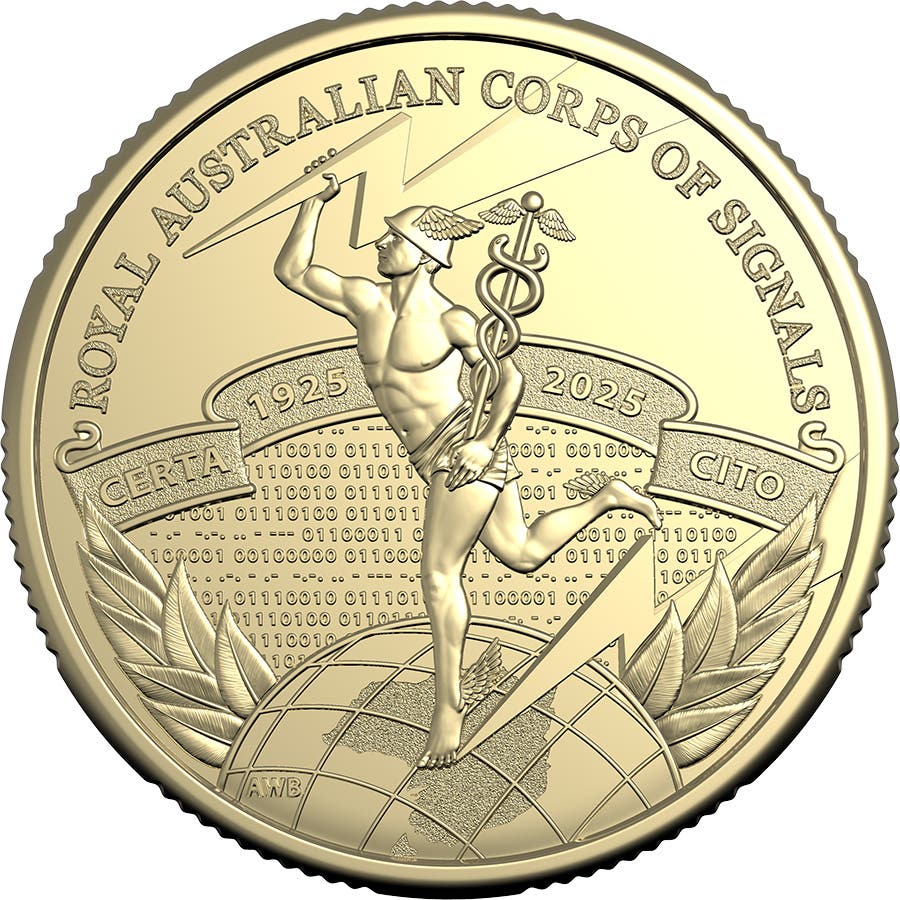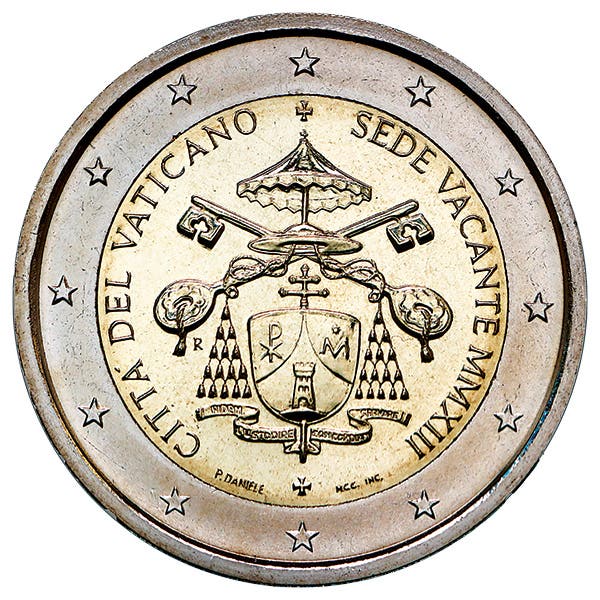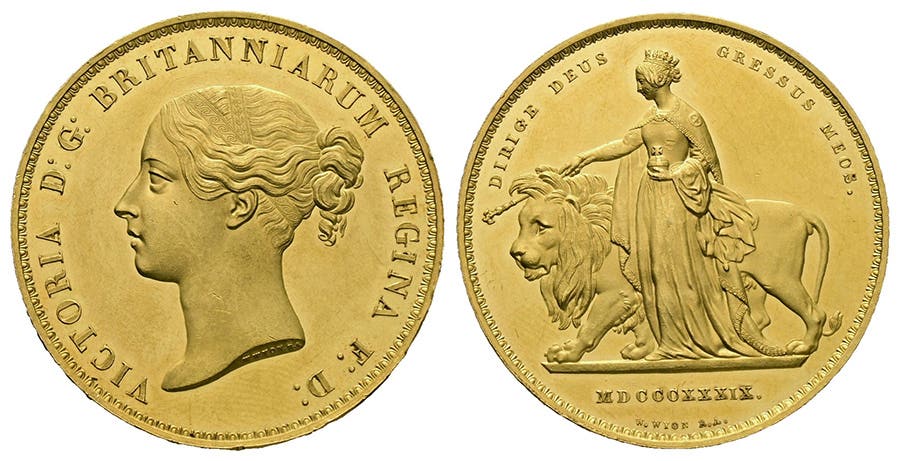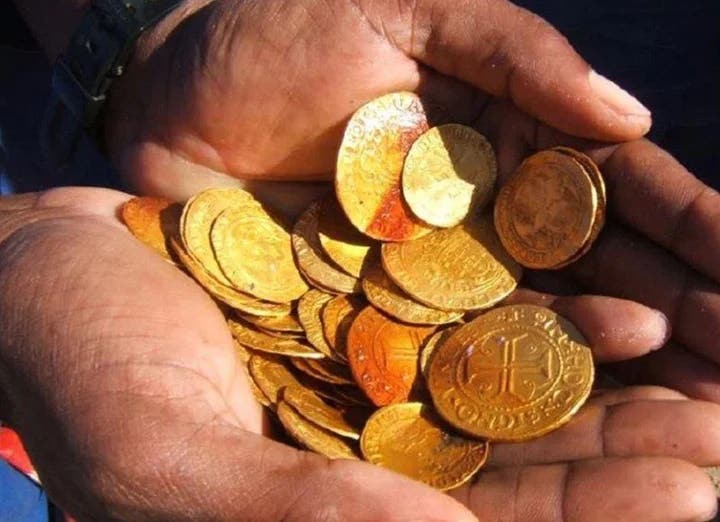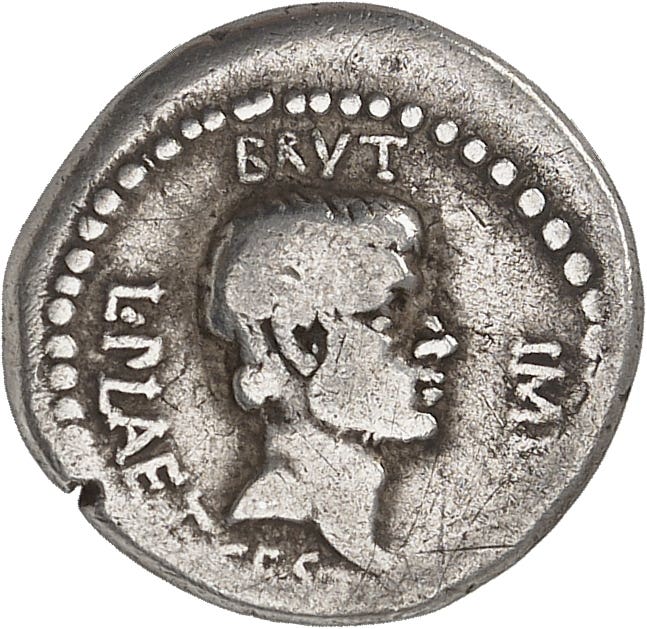Second 1982-D Small Date Copper Alloy Lincoln Cent Discovered
The 1982-D has been a highly sought-after coin ever since the first one was discovered in Minnesota in 2016 and sold for $18,800 at auction. Now that a second specimen has been found, it gives collectors even more hope of finding one.
A second 1982-D Small Date homogenous copper alloy Lincoln cent has been discovered. Like the original discovery coin this latest find is also graded AU-58. According to the PCGS label it weighs 3.07 grams - close enough to be within a reasonable tolerance. Copper-alloy cents weigh 3.1 grams and the copper-plated zinc cents weigh 2.5 grams give or take a few tenths of a gram either way.
About the original discovery coin that I broke the story on, the cataloger at Heritage Auctions said, "The January 3, 2017 issue of Numismatic News reported what had long been suspected but had never been confirmed: the existence of a solid bronze 1982-D Small Date cent. The discoverer was Paul Malone, a collector from Minnesota. The discovery coin, graded AU58 by NGC, appeared as lot 2031 in an August 2017 Stack's-Bowers auction and realized $18,800. It is sharply struck and minimally abraded with medium to deep walnut-brown toning. Due to the rising cost of copper, cents transitioned from bronze to copper-plated zinc during 1982. The quality of strikes declined, and modifications were made to the obverse legends, including the date, to allow faster press production of the zinc cents. At Denver, the Small Date subtype was introduced after the remaining bronze planchets were coined. Any surviving 1982-D Small Date bronze cents are transitional alloy errors, cousins to the famous 1943 bronze cents."
Some feel the 1982 cent has grown from a seven-coin set to an eight-coin set if one wants to consider one of these a variety and part of the set. However, this is unlikely to occur due to the rarity of the pieces. As such, it is being considered an error like the 1943 copper cents. No matter the nomenclature, it has been a very highly sought after coin ever since Malone discovered the first known piece. Now that a second specimen has been found it gives searchers even more hope of finding one than ever before! In my January 3, 2017, NN story I stated: "Where there is one, there are usually more so I expect additional reports to come in though I expect the coin to continue to be rare." That prediction has come true and I fully expect more will be found in time! According to now-retired NN Editor Dave Harper, the Jan. 3, 2017 online version of the story has generated more interest than any other story NN has published on their website. It can be found here. So you will have a lot of company out there searching for one but there are billions of 1982-D Small Date cents to search.
The 1982 varieties involve the so-called Large Date and Small Date die modification and the two different types of planchets used that year, solid copper-alloy and copper-plated zinc. Between the two planchet types and two styles of dies used, eight different combinations were possible between the Philadelphia and Denver mints involved for business strike production.
The Mint switched over from striking copper-alloy to copper-plated zinc planchets sometime in mid-1982 as a cost-saving measure – the copper-alloy planchets were too expensive to strike and the Mint was losing money.
But it didn’t end there. The Mint had trouble striking the new planchets with dies bearing the old die design, (used for a number of years with only the date changing), so they modified the dies to make them more suitable to strike the copper-plated zinc cents.
This modification resulted in what collectors called the “Small Date” and they naturally dubbed the old style design “Large Date.” When all was said and done, it appeared there were seven distinct varieties, though some of us continued to believe that the eighth possible variety surely had to exist even if rare. There were Small and Large Date varieties struck on both types of planchets with only the Denver minted Small Date copper cent seemingly never having been minted.
The reason the Mint changed from what collectors call a Large Date to the Small Date is because zinc does not strike up like copper or a predominantly copper alloy. The Mint struck the copper hard and fast but quickly learned in 1982 that the strike was not satisfactory on the coins minted on the copper-plated zinc planchets. They had to slow down the strike by lengthening the squeeze, which satisfactorily filled the dies. This meant production numbers were down and the only way to rectify the problem was to modify the dies. The “Small Date” moniker is actually something of a misnomer as not only is the date smaller and more delicate but so is LIBERTY and IN GOD WE TRUST and almost assuredly other less noticeable design differences in the portrait. This change meant there was less date, motto and legend to fill during the strike and they could crank up the numbers again by hitting the planchets faster and reducing the length of squeeze. There have been other theories thrown around for the design modifications but none have been verified by the Mint while those noted here are the exact reasons the Mint cited.
Some veteran collectors are so good at differentiating the solid copper alloy from the copper-plated cents by sight alone that they can very often tell the difference just by color while even examining just the reverse – I know I can a high percentage of the time. But for all practical purposes, it is best to weigh the 1982-D Small Date cents to see if you have one of the rare 3.1 gram copper-alloy specimens. To weigh the coins you can buy a digital scale – an option that has gotten much cheaper in recent years. I paid over $125 for my first one and I think I paid about $14 for my last one (that I keep as a spare).
As an Amazon Associate, Numismaticnews.net earns from qualifying purchases made through affiliate links.



